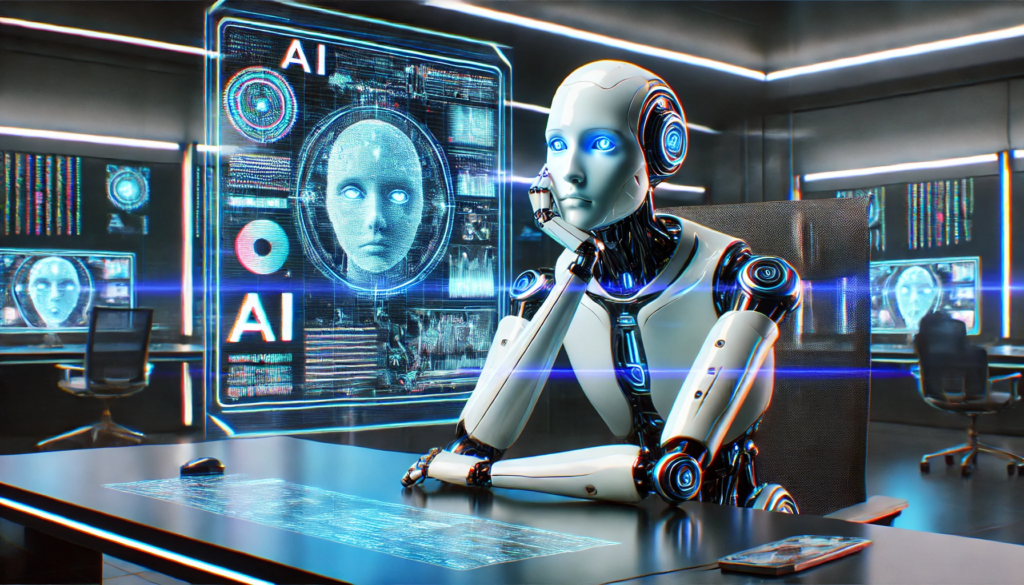
Is Your Building Data AI-Ready?
The promise of AI in buildings is everywhere—predictive maintenance, energy optimization, seamless automation. But here’s the uncomfortable truth: None of it works if your data is
Home » cybersecurity

The promise of AI in buildings is everywhere—predictive maintenance, energy optimization, seamless automation. But here’s the uncomfortable truth: None of it works if your data is
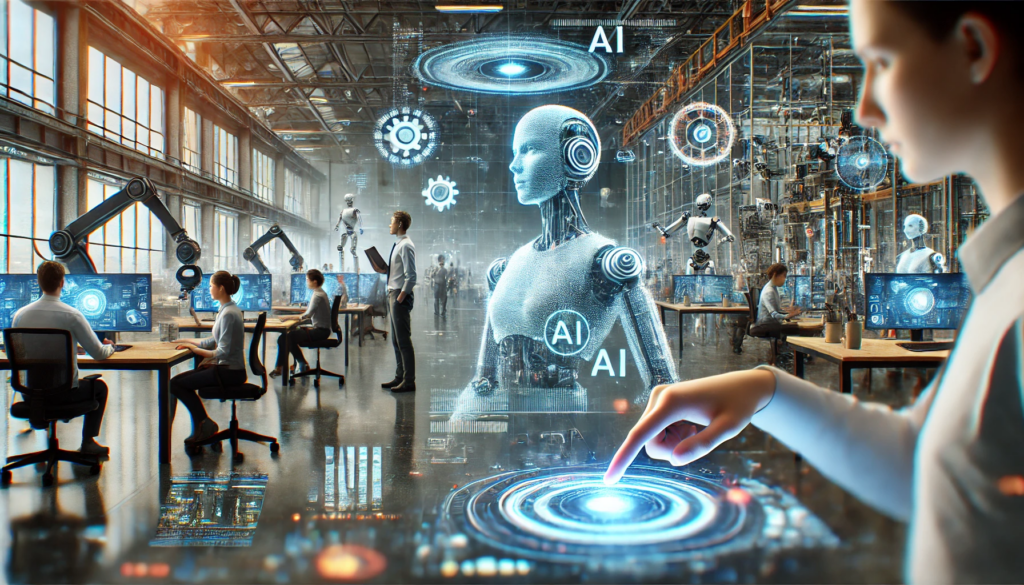
This week’s MondayLive! continued the March theme by shifting the focus from the readiness of buildings and technology to the readiness of the workforce. It
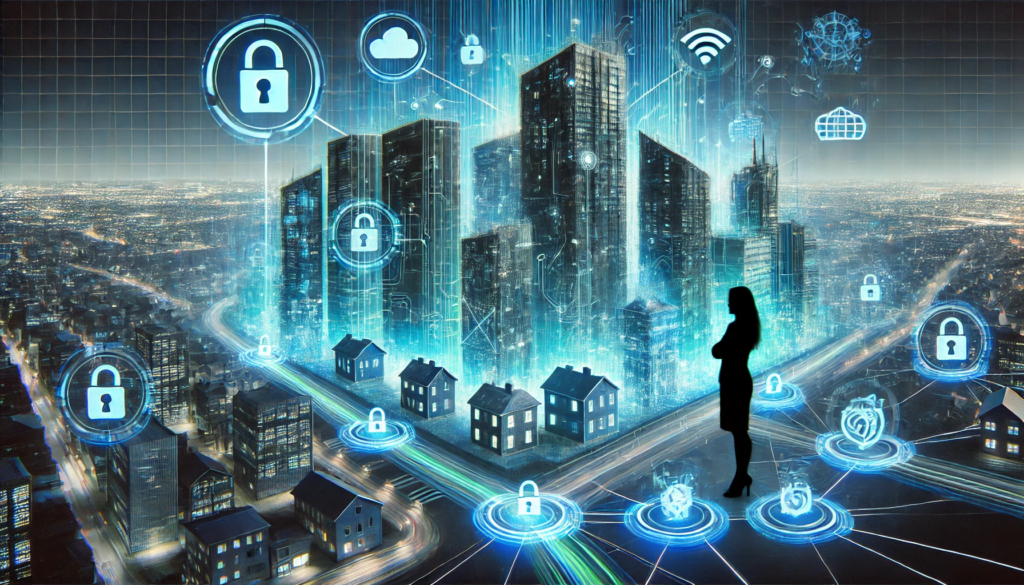
In this week’s Monday Live session, the focus was on exploring whether our buildings are ready for AI integration. The session built on last week’s
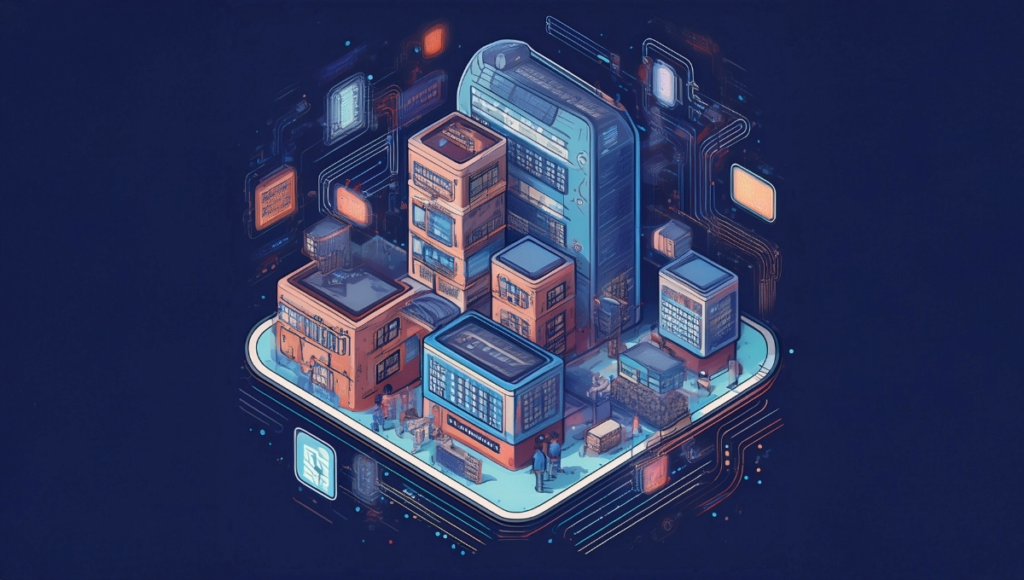
This month, Monday Live! is delving deep into the question, “Are we AI-ready?” The discussions focus on the readiness of the smarter buildings industry to
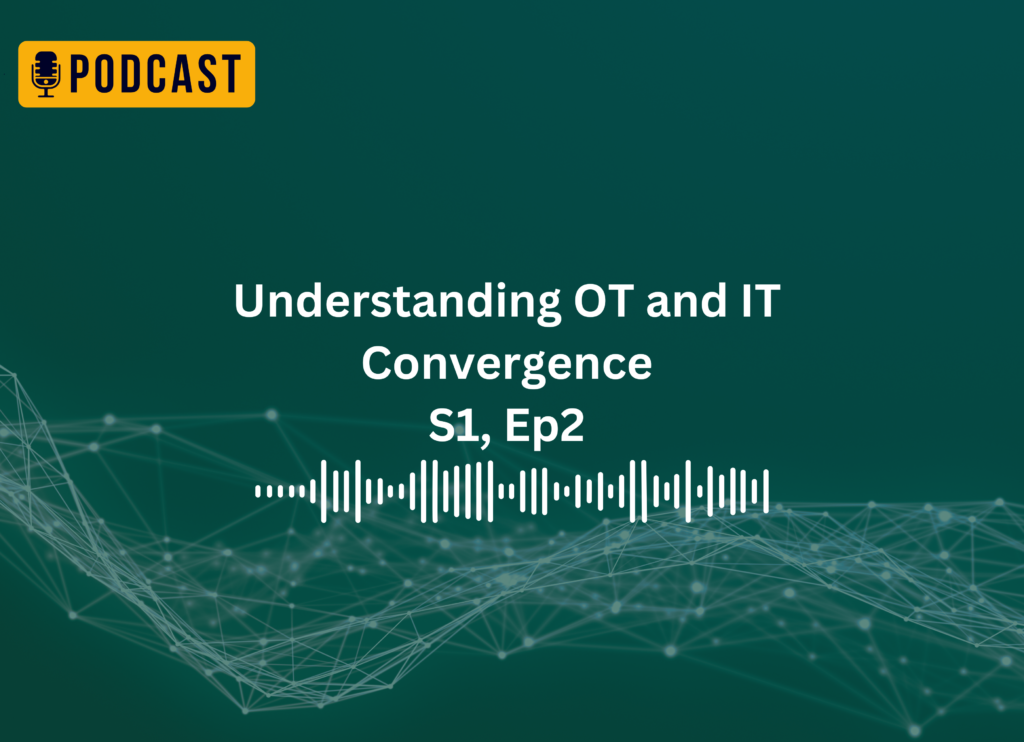
By understanding and managing both OT and IT, businesses can optimize their physical and digital infrastructures, ensuring safety, comfort, and efficiency across all environments.
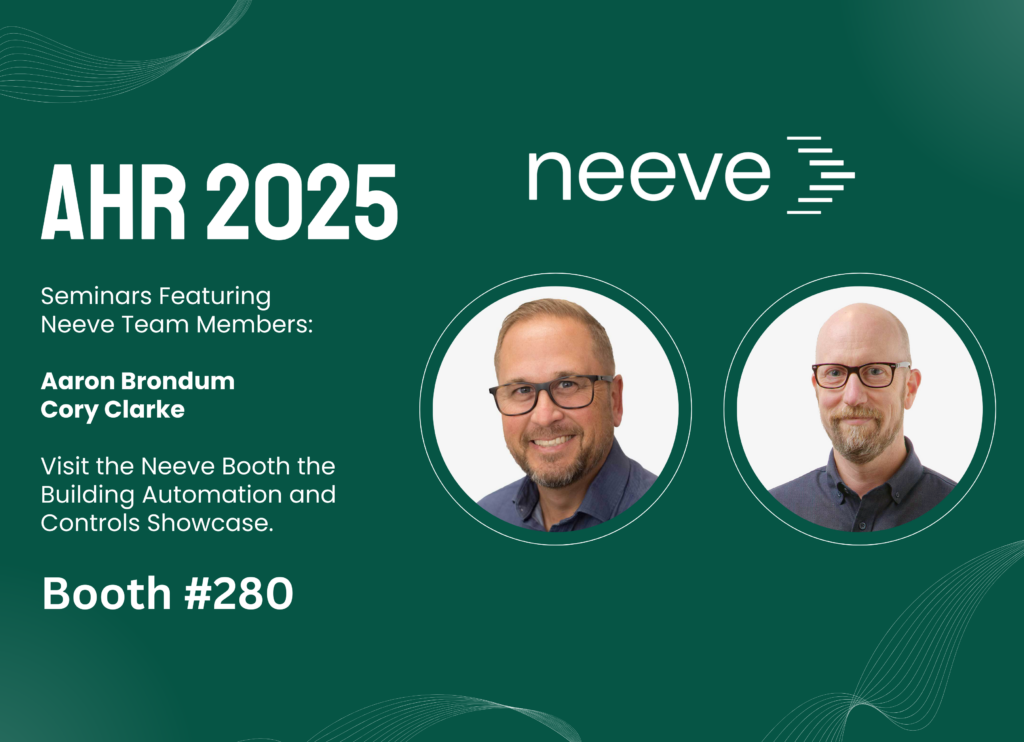
The Neeve team is looking forward to the opportunity to speak at AHR 2025 February 10-12. Get to know our presenters, Aaron Brondum and Cory Clarke.
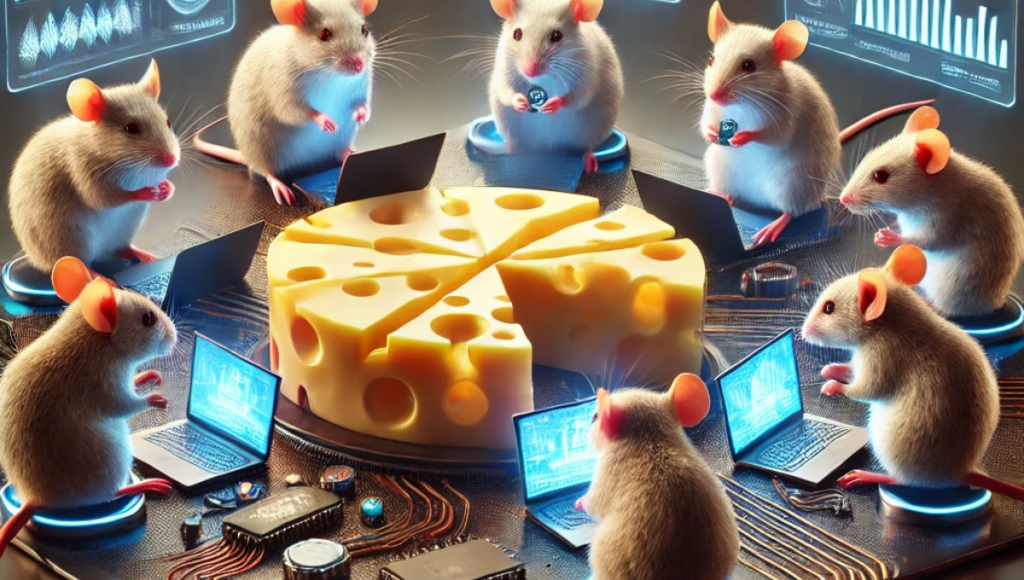
In a recent episode of Monday Live, industry leaders convened to discuss the future of smart buildings and the role of interoperability. The conversation, inspired by the book “Who Moved My Cheese?”, focused on the concept of an “interoperable cheese platter”: a holistic solution that combines various technologies and approaches to address the evolving needs of the industry.
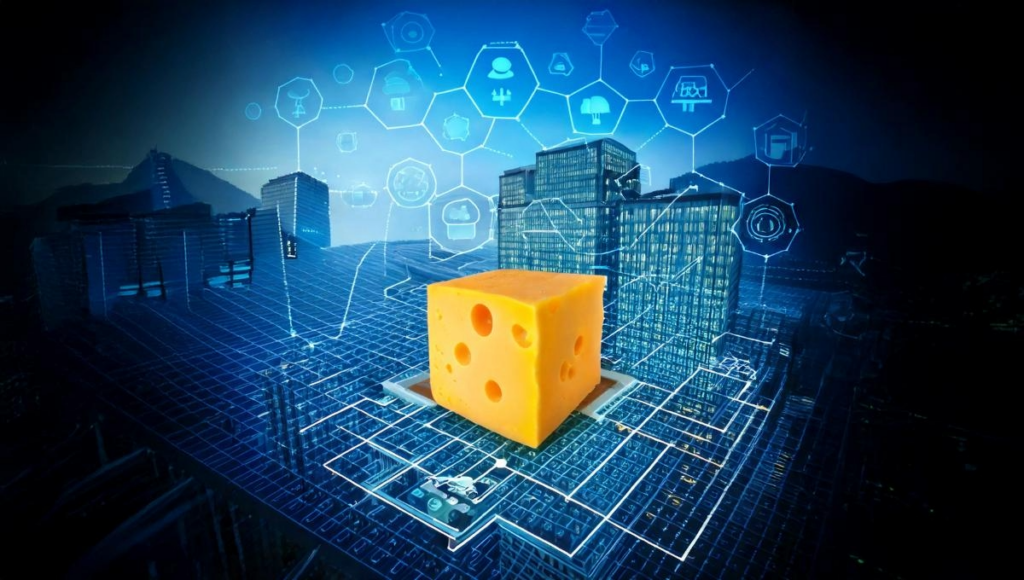
Moving the Cheese: How to Adapt to Change in the Building Automation Industry
A discussion on the challenges and opportunities in the age of AI and open standards

The smart building industry is booming, but a familiar foe threatens to stifle its progress: the staffing shortage. Finding and retaining skilled workers is challenging across sectors, and smart building providers are feeling the pinch. As demand for intelligent building solutions grows, companies struggle to scale their operations with limited manpower.
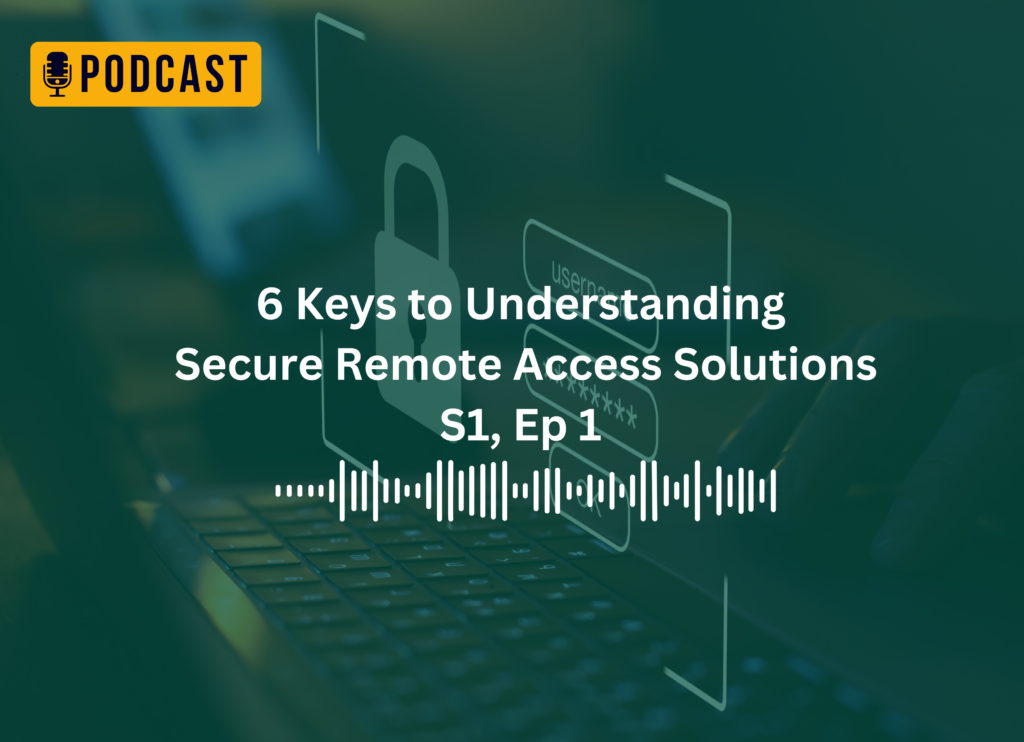
As digital infrastructure evolves, secure remote access has become essential for managing operational technology (OT) environments. Neeve’s solutions are designed to simplify this process while ensuring your spaces are secure, efficient, and easy to manage. Here, we break down key concepts and practices for secure remote access to help you make informed decisions.

The promise of AI in buildings is everywhere—predictive maintenance, energy optimization, seamless automation. But here’s the uncomfortable truth: None of it works if your data is

This week’s MondayLive! continued the March theme by shifting the focus from the readiness of buildings and technology to the readiness of the workforce. It

In this week’s Monday Live session, the focus was on exploring whether our buildings are ready for AI integration. The session built on last week’s

This month, Monday Live! is delving deep into the question, “Are we AI-ready?” The discussions focus on the readiness of the smarter buildings industry to

By understanding and managing both OT and IT, businesses can optimize their physical and digital infrastructures, ensuring safety, comfort, and efficiency across all environments.

The Neeve team is looking forward to the opportunity to speak at AHR 2025 February 10-12. Get to know our presenters, Aaron Brondum and Cory Clarke.

In a recent episode of Monday Live, industry leaders convened to discuss the future of smart buildings and the role of interoperability. The conversation, inspired by the book “Who Moved My Cheese?”, focused on the concept of an “interoperable cheese platter”: a holistic solution that combines various technologies and approaches to address the evolving needs of the industry.

Moving the Cheese: How to Adapt to Change in the Building Automation Industry
A discussion on the challenges and opportunities in the age of AI and open standards

The smart building industry is booming, but a familiar foe threatens to stifle its progress: the staffing shortage. Finding and retaining skilled workers is challenging across sectors, and smart building providers are feeling the pinch. As demand for intelligent building solutions grows, companies struggle to scale their operations with limited manpower.

As digital infrastructure evolves, secure remote access has become essential for managing operational technology (OT) environments. Neeve’s solutions are designed to simplify this process while ensuring your spaces are secure, efficient, and easy to manage. Here, we break down key concepts and practices for secure remote access to help you make informed decisions.
Our LinkedIn group has more than 4,000 members + 21,880 LinkedIn connections
Email sponsors@automatedbuildings.com